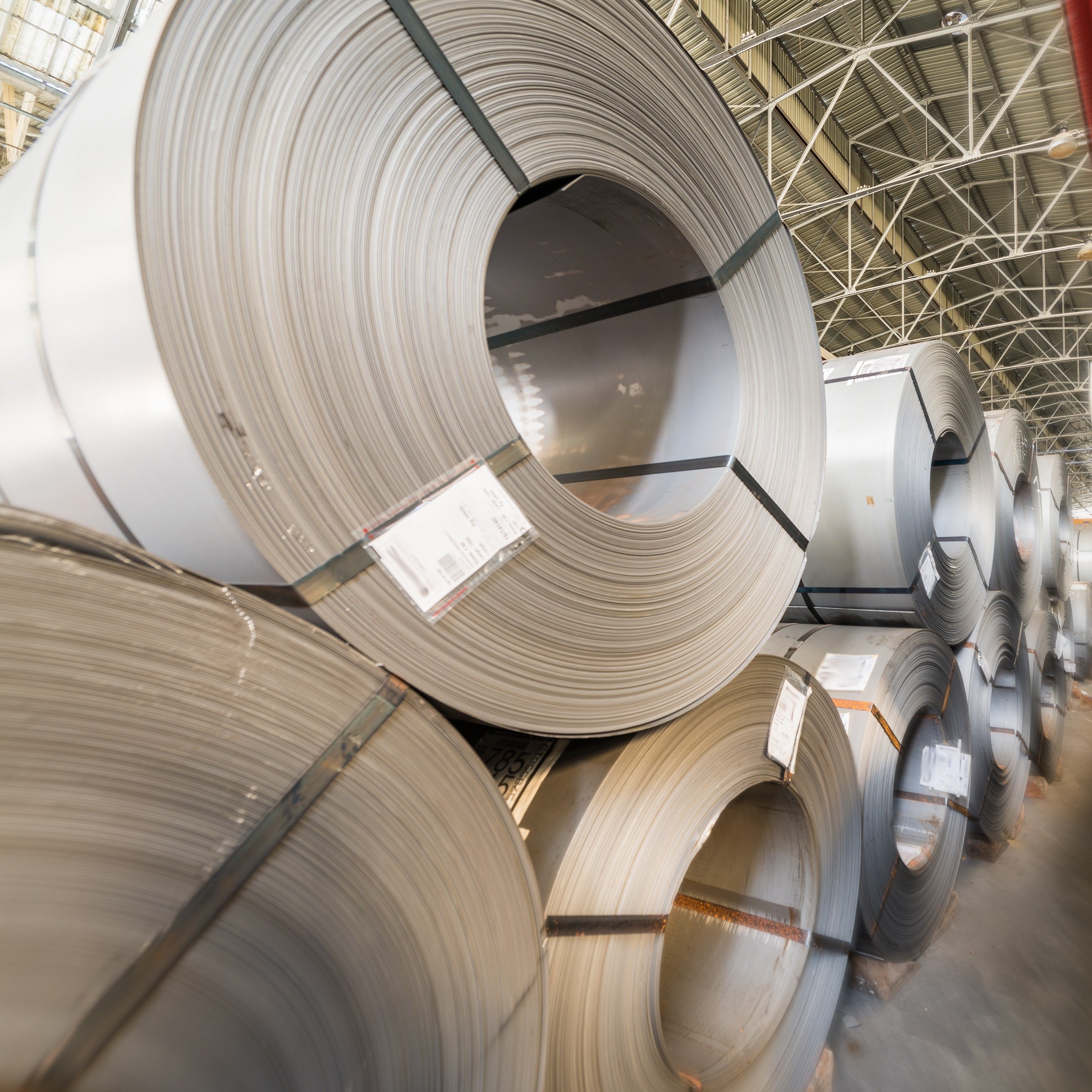The recently finalised US-EU trade agreement, establishing a 15% tariff on most EU exports to the US, marks an important step toward stabilising transatlantic trade relations. For businesses in the commodity sector, the deal removes a key source of policy uncertainty that has disrupted pricing, procurement and shipment decisions over the past year.
However, outstanding questions remain on implementation and sectoral tariffs. Furthermore, this deal does not materially alter the near-term demand picture, which remains subdued across much of Europe and increasingly soft in the US. In our recent insight, we take a closer look at the EU trade deal with the US, how it compares to other recent trade agreements struck by the US, and what it means for the EU outlook and macroeconomic fundamentals.
A mixture of damage limitation and symbolic gesture
The agreement replaces a patchwork of ad hoc tariff measures and allows exporters to plan with greater confidence. This shift is particularly relevant for sectors tied to industrial supply chains, where metals, chemicals and energy-intensive goods have faced unpredictable trade conditions. While the 15% tariff is slightly higher than expected (10%), the clarity it brings allows firms to resume longer-term planning with reduced risk of sudden regulatory changes. The EU escaped the worst but did not secure the most favourable terms. Close allies like the UK and Japan have locked in lower rates and better structured agreements.
The US-EU trade deal primarily applies to industrial goods and covers approximately 70% of EU exports to the US, setting a 15% tariff on industrial goods such as autos, chemicals and machinery. This is higher than the previous tariff of 10% – though the 10% was additional to existing tariffs, whereas the 15% is not, so the increase is smaller than appears.
The 15% on autos is a reduction from the 27.5% rate previously in place. Assuming that pharmaceuticals and other previously exempt sectors remain exempt, the effective tariff rate on goods imported from the EU has actually only risen by 1.3ppt, to 11%. However, there is a possibility that tariffs on pharmaceuticals could rise as a result of a US probe and be taxed at 15%. If EU pharmaceutical exports were taxed at that rate, it would increase the effective tariff rate to around 14.5%, representing a more substantial 5ppt increase.
In return, according to the White House, the EU has agreed to eliminate tariffs on all US industrial goods and is negotiating quotas for US agricultural exports including soy oil, grains, seafood and processed foods. Certain sectors like steel and aluminium remain under 50% US tariffs, though both sides are working toward quota-based exemptions. A formal review is scheduled for mid-2026 to assess implementation and potential expansion. The chart below summarises the structure of tariffs before and after the deal.
Although the White House has promoted the recent US-EU trade deal as also including a pledge by European firms to invest $600 bn in the US by 2028, this figure is not contractual. EU officials have clarified that the investment projection is based on voluntary, market-driven expectations and is not a binding commitment by Brussels or member-state governments.
The EU has no legal authority to direct private firms to invest abroad. As such, the investment pledge is best seen as a symbolic gesture of economic goodwill, intended to reinforce the political narrative of transatlantic cooperation – not a guaranteed outcome of the agreement. The commitment for the EU to buy $750 bn of US energy exports over the next three years should be viewed in a similar way.
Although the deal reduces the downside risk of significantly higher tariffs, many details have yet to be confirmed. Any deal will need to be ratified by EU member states, a process which has in the past held up trade deals for years (e.g. EU-Mercosur). It remains unclear what will happen with sectors such as pharmaceuticals, which are previously exempt from tariffs but are facing Section 232 investigations.
For the US administration, the deal represents a public relations victory. The White House can argue it demonstrates that a firm and at times unpredictable approach to tariffs can produce results. However, the actual benefits for the US economy are likely to be modest. EU tariffs on US industrial goods were already low. As set out above, there is no guarantee that pledges on investment or energy purchases will be fulfilled and US energy exports face little difficulty finding buyers as it is.
The commitments to allowing more access to US agricultural goods are vague, and any loosening could face strong political resistance. US services exports to Europe, which are huge, will not benefit, although potentially damaging retaliation has been avoided. Furthermore, higher tariffs on EU imports may increase costs for US consumers and manufacturers. The most tangible benefit is likely to come from the additional tariff revenues, which will support the budget following recent tax cuts under the One Big Beautiful Bill Act.
For the EU, the deal is an exercise in damage control. It avoids the worst-case outcomes and reduces (though not removes) uncertainty. It helps separate trade from security issues. It means European auto OEMs will be able to compete with Japanese and Korean producers on a level playing field – and will have a competitive advantage against vehicles made in Mexico and Canada (for now). However, it sets a difficult precedent for future relations with the US and other economies. Despite representing a vast market, the EC has accepted a large hike in tariffs on its products without getting anything tangible in return.
To access the full version of this article, where we also compare the EU trade deal with other recent US agreements, or to hear more about our views on the European and global economies, please get in touch.

















